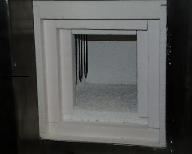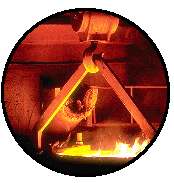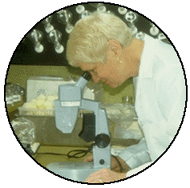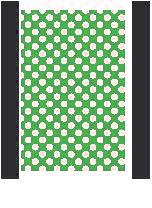|
||
|
|
|
...and many
more! |
||
|
||
|
FRACTALBALLS™and
HAFRACTALBALLS™ may be used as thermal insulation, chemical substrates
or as structural materials when bonded with FRACTALPASTE™. Structural
materials find use as light weight structures and for acoustic damping.
Preformed structures are FRACTALINS™, HDFRACTALINS™, HAFRACTALINS™
and Filters. HDFRACTALINS™ have a density of ~1.1g/cc, are comprised
of bonded FRACTALBALLS™,whereas FRACTALINS™ have a density of ~0.7g/cc.
Use as thermal insulation: FRACTALBALLS™ have very low density, low thermal conductivity, high strength, and a high melting point; they can be formed into any shape and size and can be used in any refractory/insulation parts for high and low temperature application. Unlike other insulation material, FRACTALBALLS™ or FRACTALINS™ or HDFRACTALINS™ have no fibers (fiberfree™). FRACTALINS™ and HDFRACTALINS™ may be directly substituted for high temperature fiber boards or bricks you may be currently using without the danger posed by short fibers. |
Typical
applications are:
commonly used for repairing or relining refractory cracks and holes |
|
|
Use
for high surface reactivity: FRACTALBALLS™, HA FRACTALBALLS™,
FRACTALINS™, HDFRACTALINS™, HAFRACTALINS™and Filters have very high
porosity/low density, high strength and a high melting point. They
may be used for high temperature filter and membrane substrate applications.
|
(Note the high surface area and porosity from the microstructures shown in Product Specs.) Usage as light weight structural materials |
|
|
FRACTALBALLS™,
FRACTLAINS™, HDFRACTALINS™, and Filters have unique microstructures,
very low density, high strength, and high hardness. Typical applications
are:
Coatings for surfaces (metals, ceramics, and polymers) |



